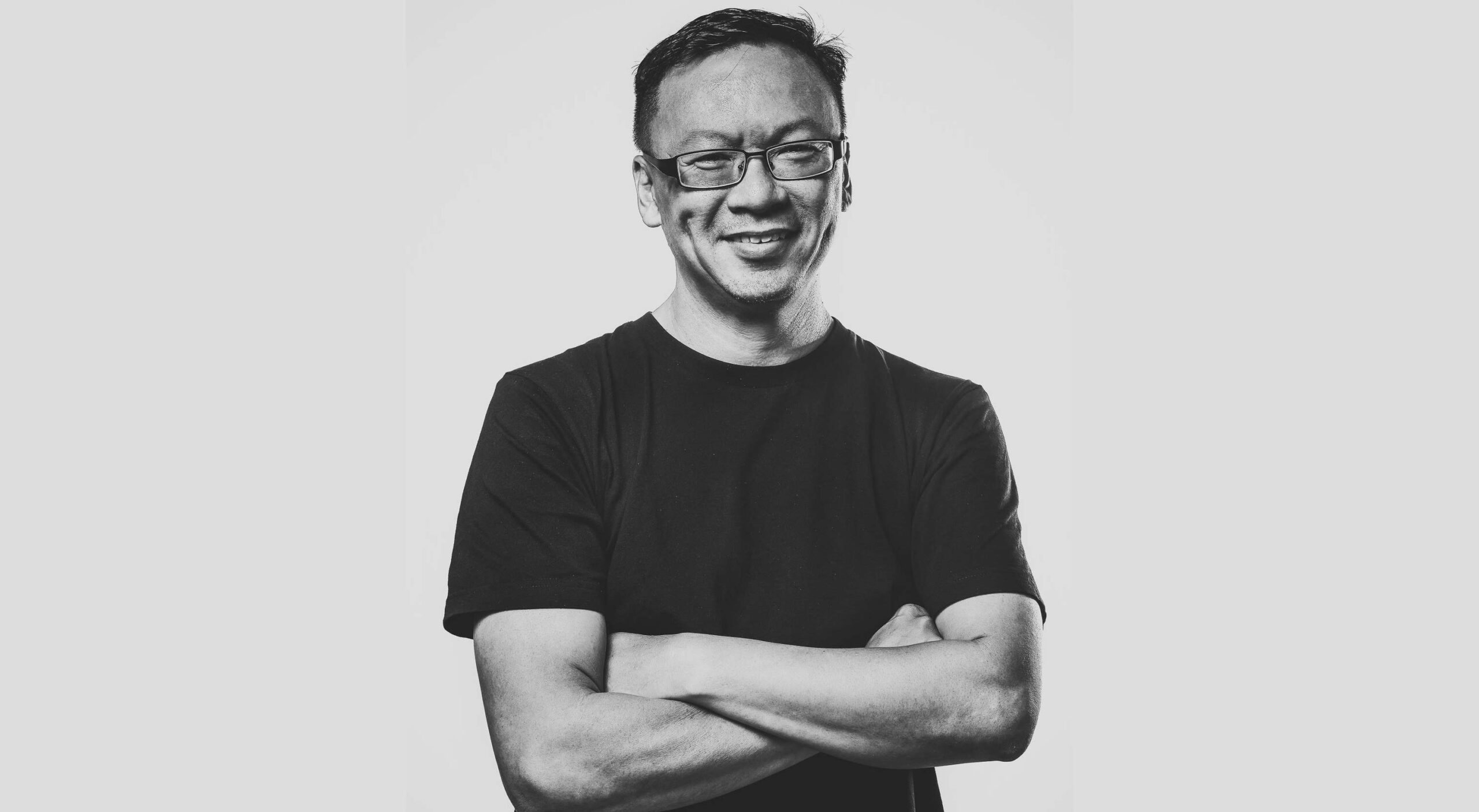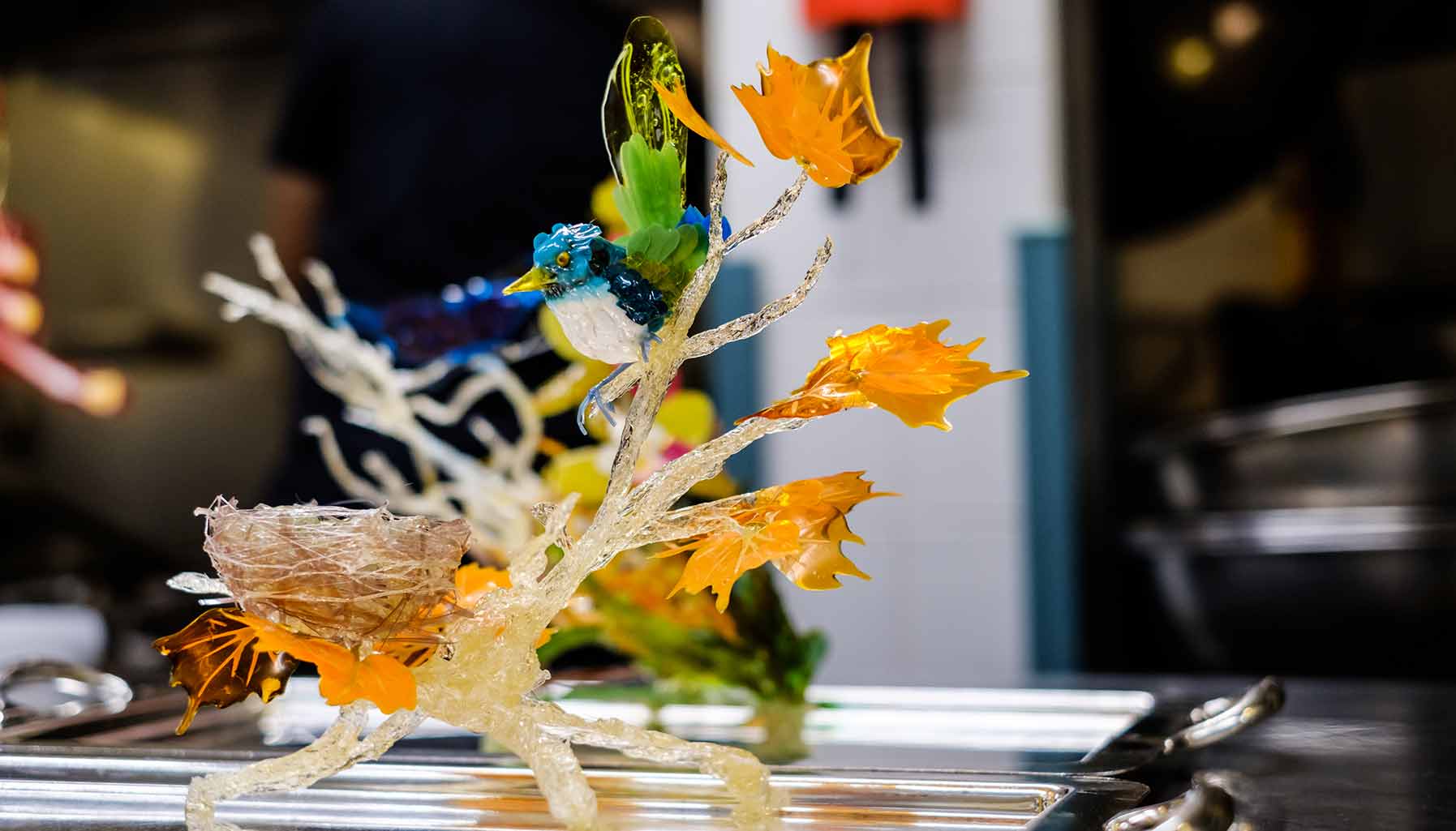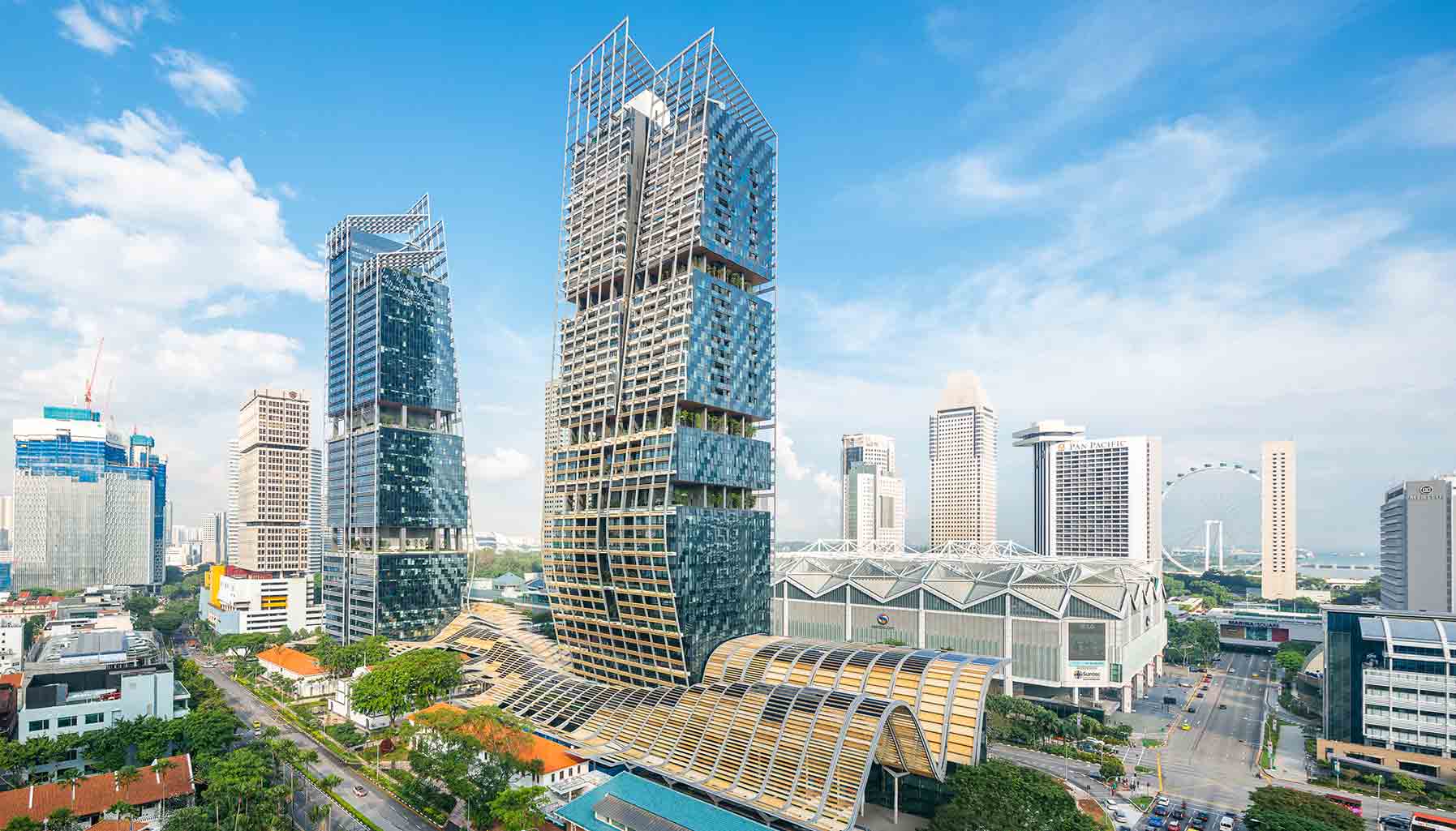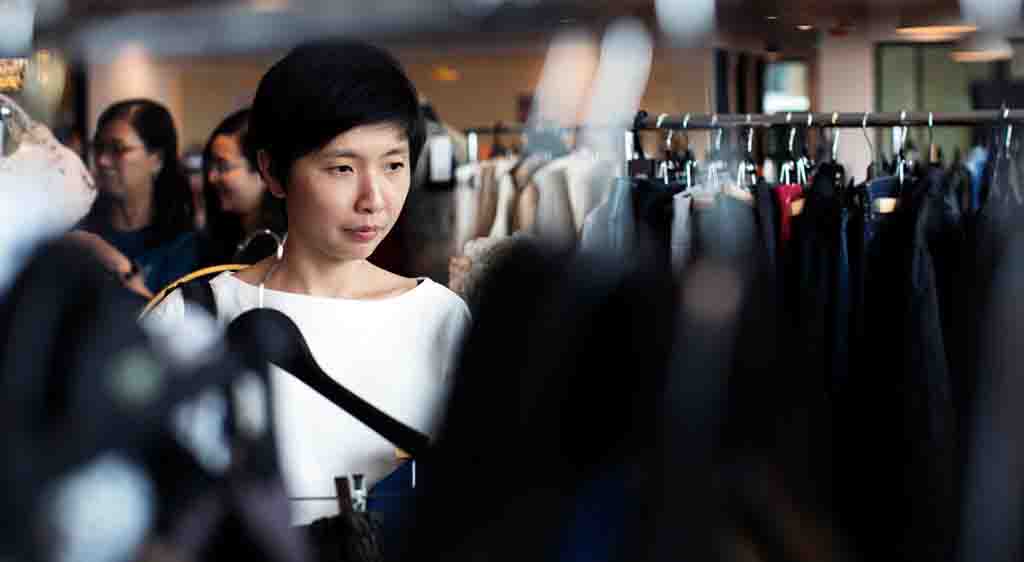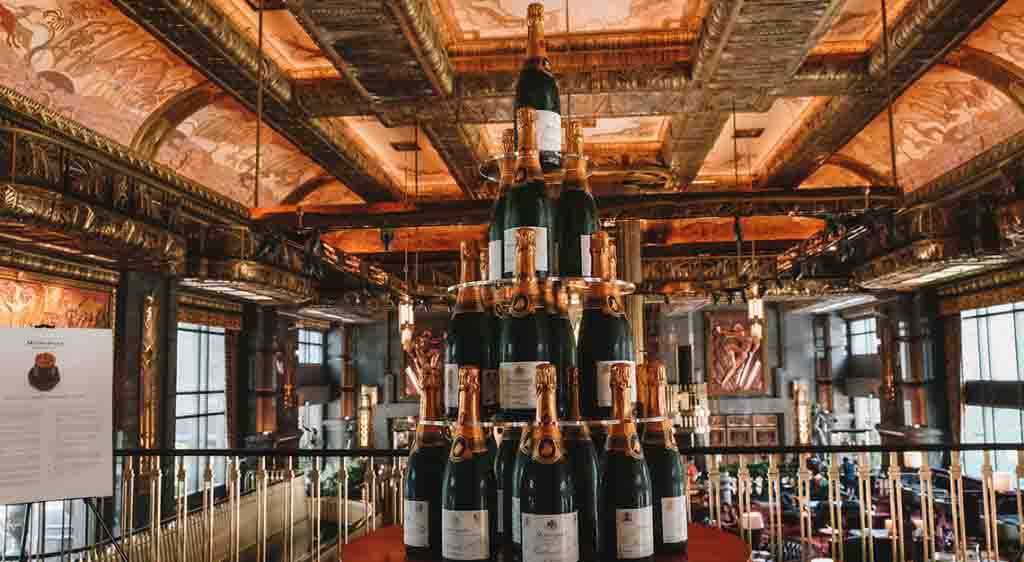We speak to AikBeng Chia, one of Singapore’s most prolific photographers, on the memories he’s amassed in the past decade
Don’t call AikBeng Chia a street photographer.
“I hate the term ‘street photographer’. I’m just a photographer,” he laments. Following that, he laughs, admitting that he doesn’t really know what to call himself either – he’s also an illustrator and art director – and has begrudgingly accepted terms bestowed by others, including ‘visual archivist’, which he now puts as his bio on Instagram.
It’s close to midnight and prior to our chat, Chia was in a meeting to discuss another pet project of his. To say that it had been a long Monday for him is an understatement, and he wouldn’t be heading out to shoot like he usually does. “I used to go out to shoot every night,” he says, “but I rarely do so now. I only go when I feel like it, and sometimes, I return empty-handed. But that’s okay.”
Chia, who mostly goes by his moniker, ABC, is best known for his, well, street photography in Singapore. In 2013, he released Tonight The Streets Are Ours, a monograph on Little India. It was followed by Singkapor in 2015, which captured the everyday moments of locals. A second installation is to follow this year.
But Chia is equally successful in grabbing the younger generation’s attention. On Instagram, he’s infamous for regularly deleting his themed projects, starting on a blank canvas whenever he feels the need for it. Here, he chooses his favourite images that best capture his memories of the Lion City.
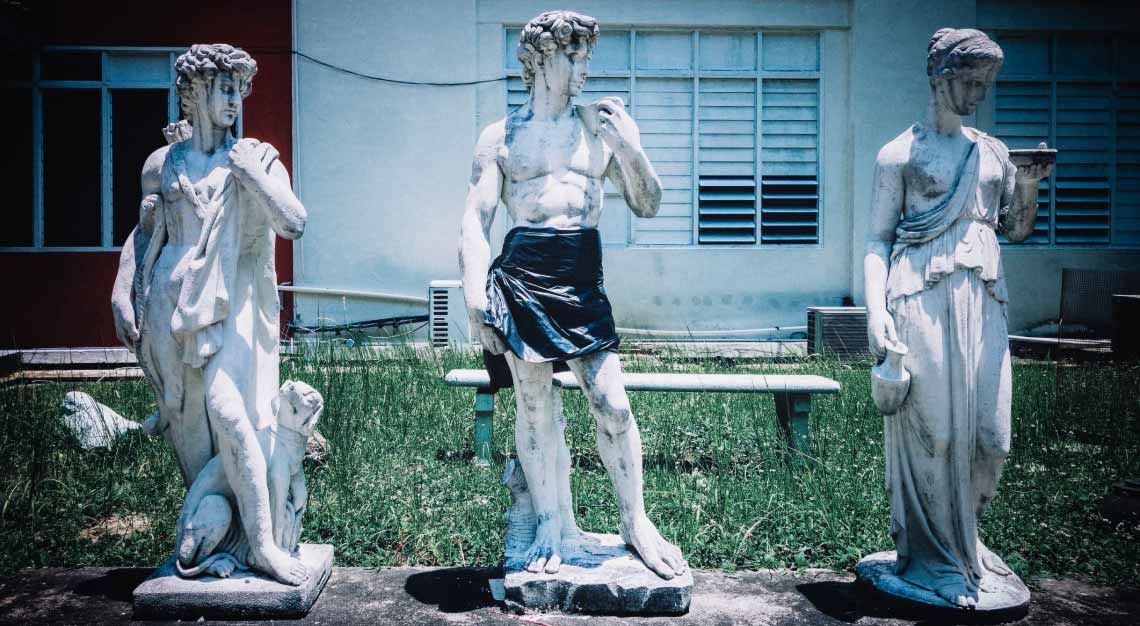
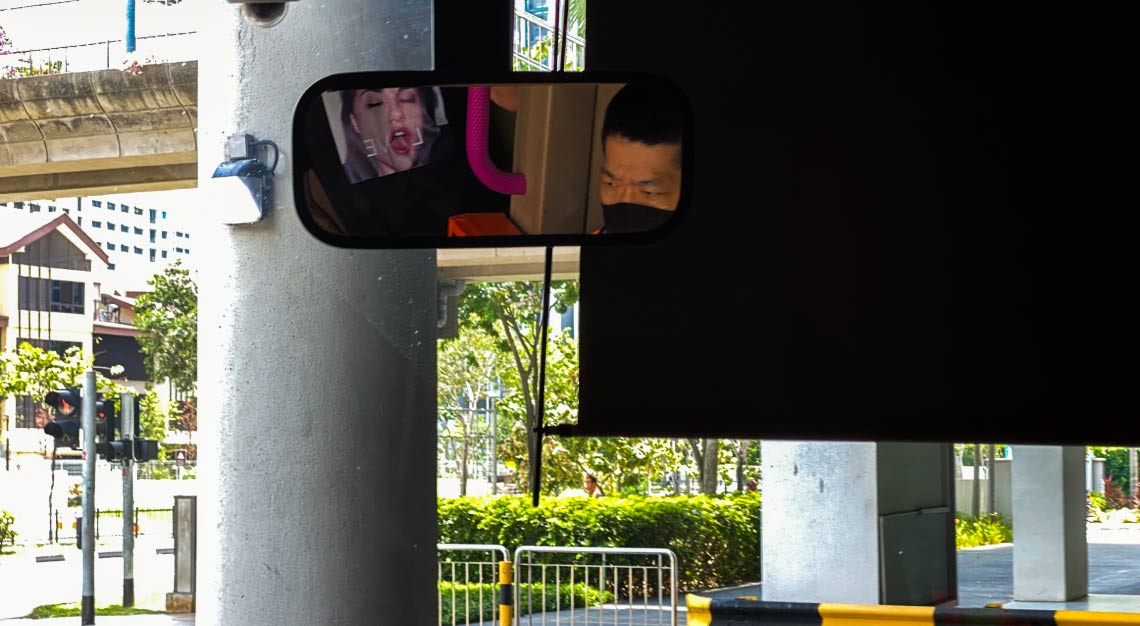
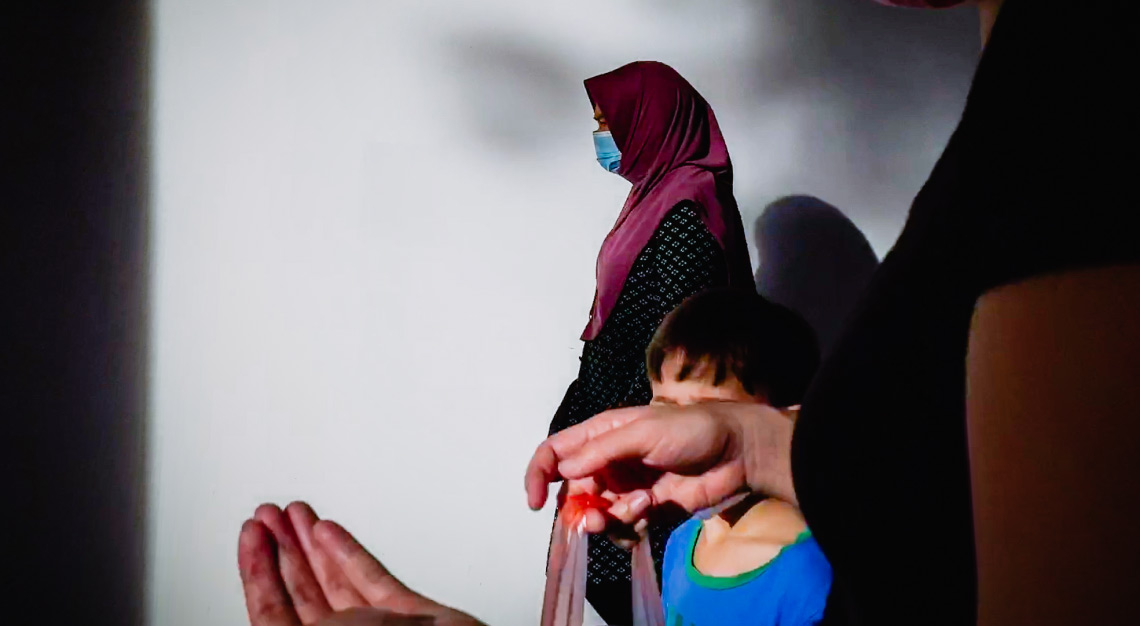
Why are you particularly interested in photographing people and everyday life?
I work in an advertising firm. I direct shoots for editorial, annual reports, advertisements and so forth. Everything is staged. I don’t want that in my hobby. I wouldn’t be able to enjoy myself. I’d rather capture what people may overlook, think of as mundane or don’t pay attention to.
Is it possible to learn how to be creative?
Yes, but that is if you’re willing to work out of your comfort zone. Take for example the virus outbreak. Many photographers said they couldn’t go out to shoot. But the best thing you can do is look around you. You can shoot at home, even in your backyard. You don’t need to head out or go far. I’ve been shooting around my area when I visit the supermarket.
What inspires your projects?
Sometimes it’s current events, and sometimes it’s what I’m going through. I did a series where I photographed those who sleep on Singapore’s streets. Some are homeless, some are just taking a break from work. Viewers found it weird as to why I would take such personal photographs. But it’s not that I sought out to capture photographs at such an intimate level. I suffer from insomnia and this made me curious as to how others are able to sleep in the most random spaces you can think of, while I’m unable to sleep in bed.
How do you push yourself to think of new ideas?
I always ask myself, ‘How can I shoot things differently?’ As artists, our craft has to keep evolving. Take for example my projects on Instagram. I’ve no qualms deleting my feed completely and on a regular basis. Instagram is my visual diary; ‘likes’ on a photo don’t matter to me. I wipe my feed out as a way of rebooting and resetting my direction and rethinking about the art I produce. I’m always thinking of ways in which I can do things differently. I’m like the Marie Kondo of Instagram. Clearing my photos and starting afresh on a blank digital space sparks joy for me.
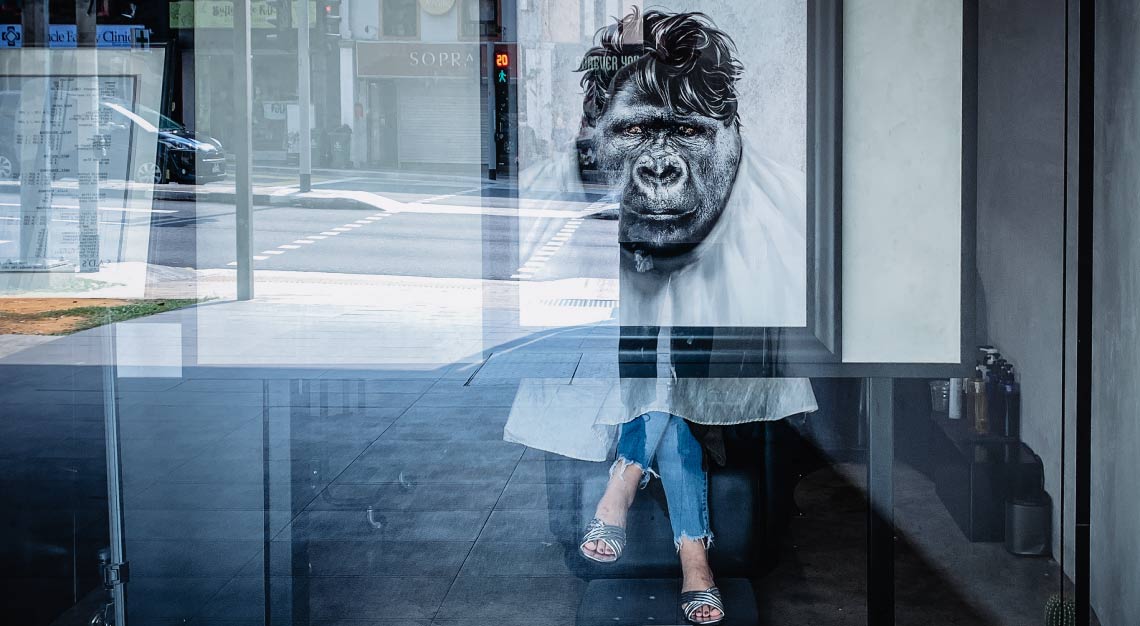
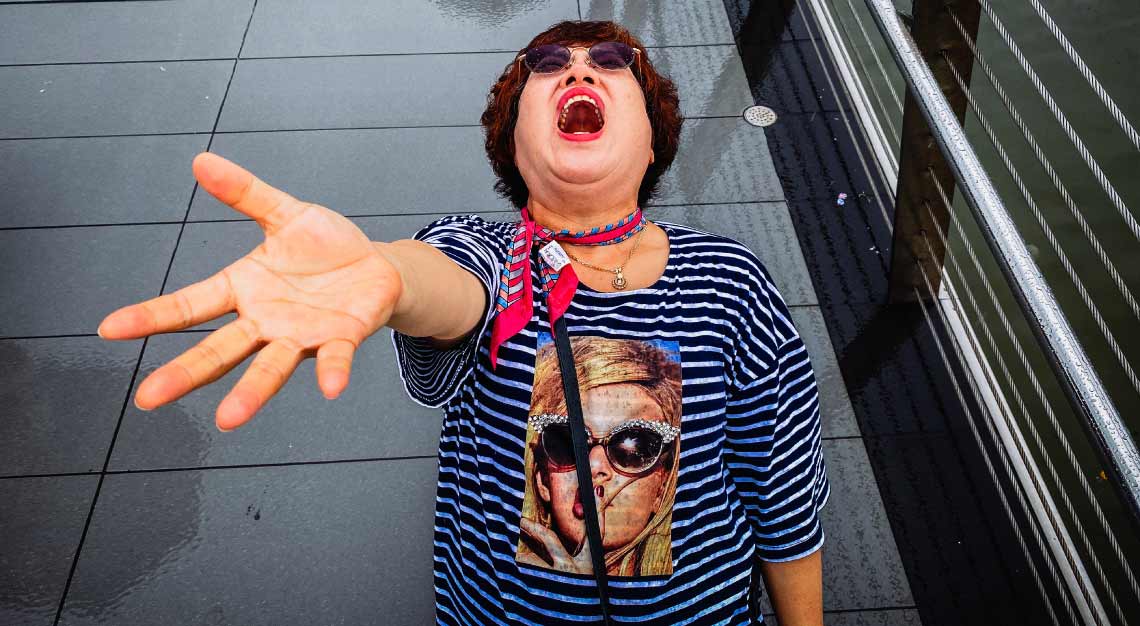
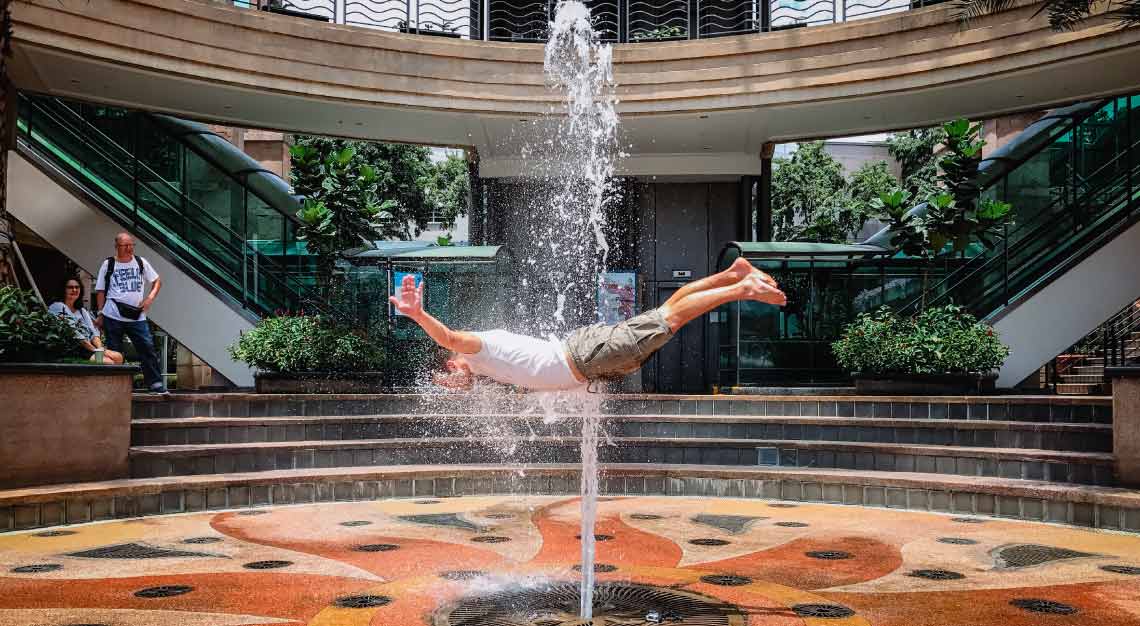
You started taking photographs with an iPhone. Do you prefer using a camera or your phone to shoot?
I have a few cameras, but I don’t bring them out. I’d rather use my phone. I’m currently using the iPhone 11. People don’t feel ‘threatened’ when they see you whipping out your phone. We’re used to people snapping shots, be it taking selfies or things that have caught their eye. But the moment you whip out a camera, they feel intimidated. The phone is a great camouflage and I use this to my advantage.
What’s the worst thing that has happened to you in your career as a photographer?
My hard drive was stolen and I lost all my projects. This was before cloud storage was a thing. It was a painful lesson, but at the same time, it was liberating. It forced me to let go of what I had grown attached to. While it was a blow to me – and this is different from me deleting everything on Instagram, which is by choice – I don’t see it as a loss. It changed my perspective as an artist.
How does one plan for street shots?
I don’t. I know some photographers who do and feel as though they’ve wasted their time if they don’t capture the shot they want. I used to be like that. I’d return home feeling frustrated whenever I couldn’t get any shots that I was proud of. But now, if I don’t get any photos, that’s okay, life goes on. I can always take some another day.
What are some rules that you live by?
You need to know what should and shouldn’t be published. Respect people’s privacy and know when things are told to you in confidence. You don’t need to shoot someone’s face to tell a story. I once spoke to a man who was from a gang. I posted the incident – without showing his face – on Instagram and I had many journalists asking me to name him, wanting to speak to him so that they had a story to tell. I rejected them. The man has paid for his crime; he shouldn’t have to relive it again.
This story first appeared in the July 2020 issue, which you may purchase as a hard or digital copy.
